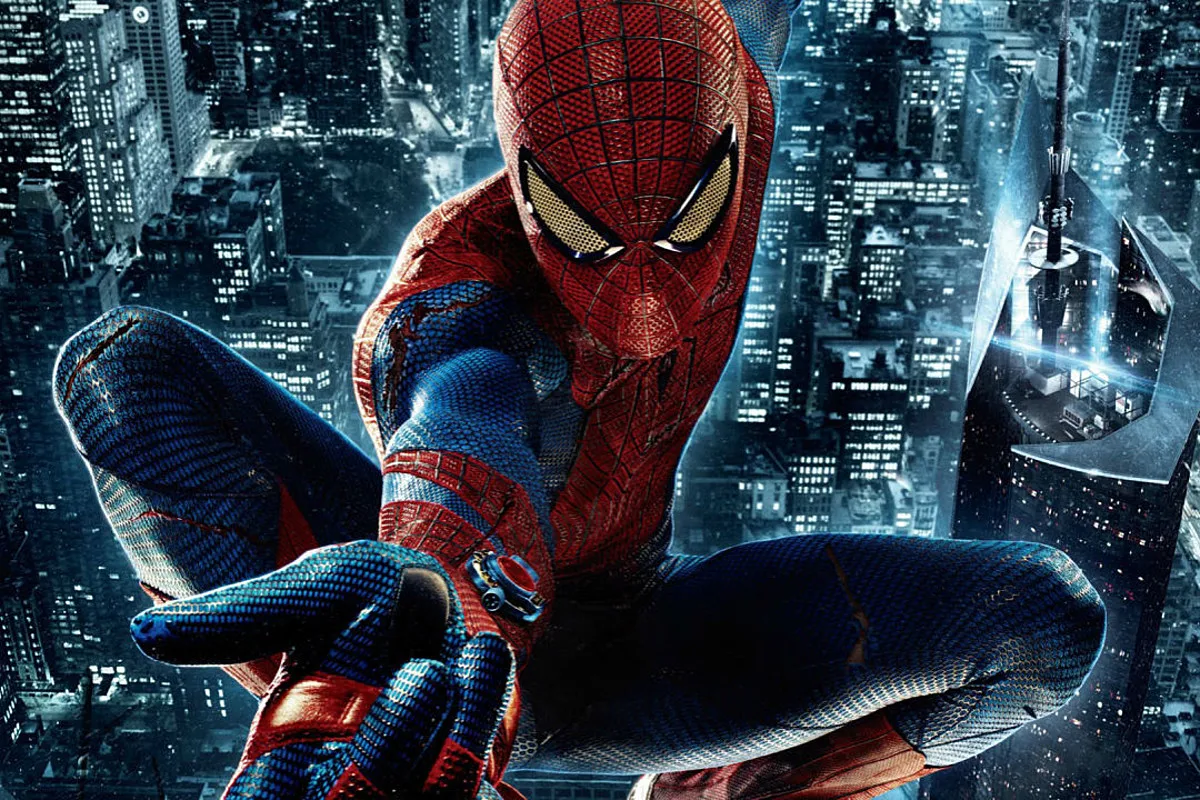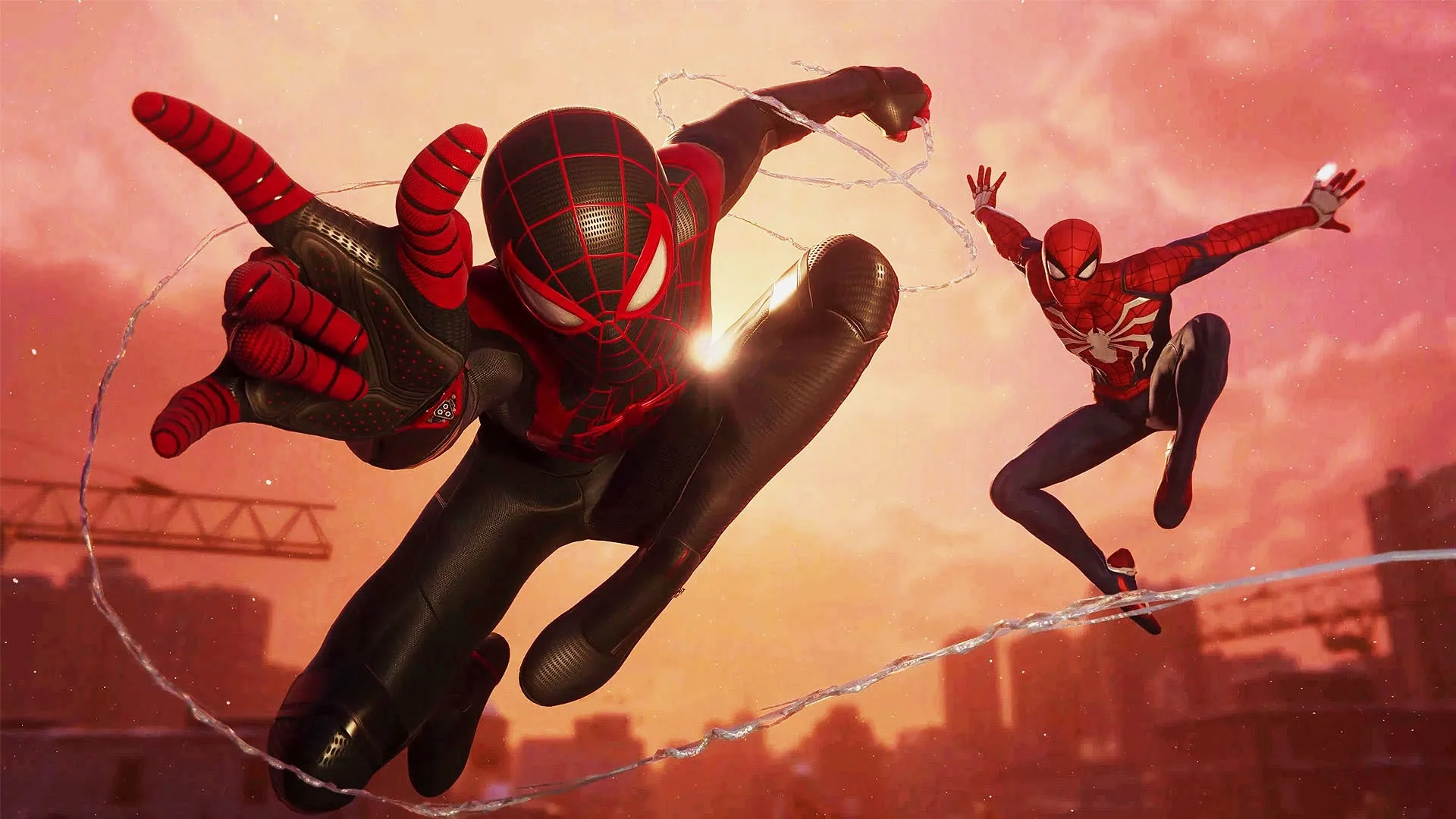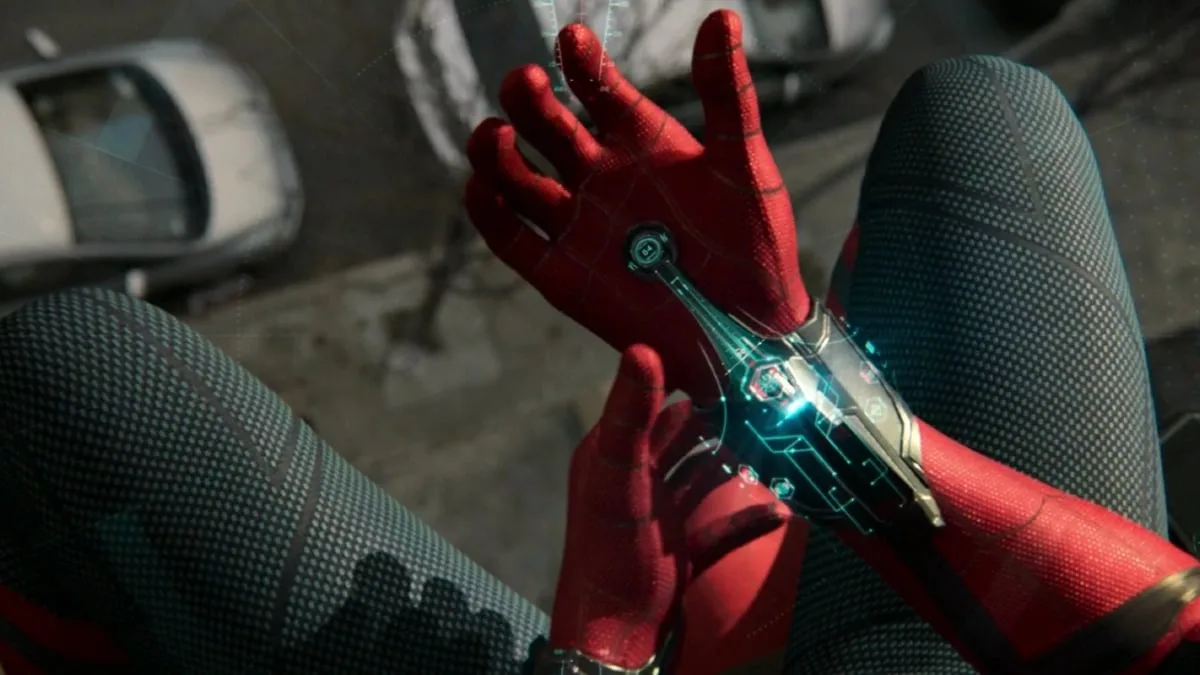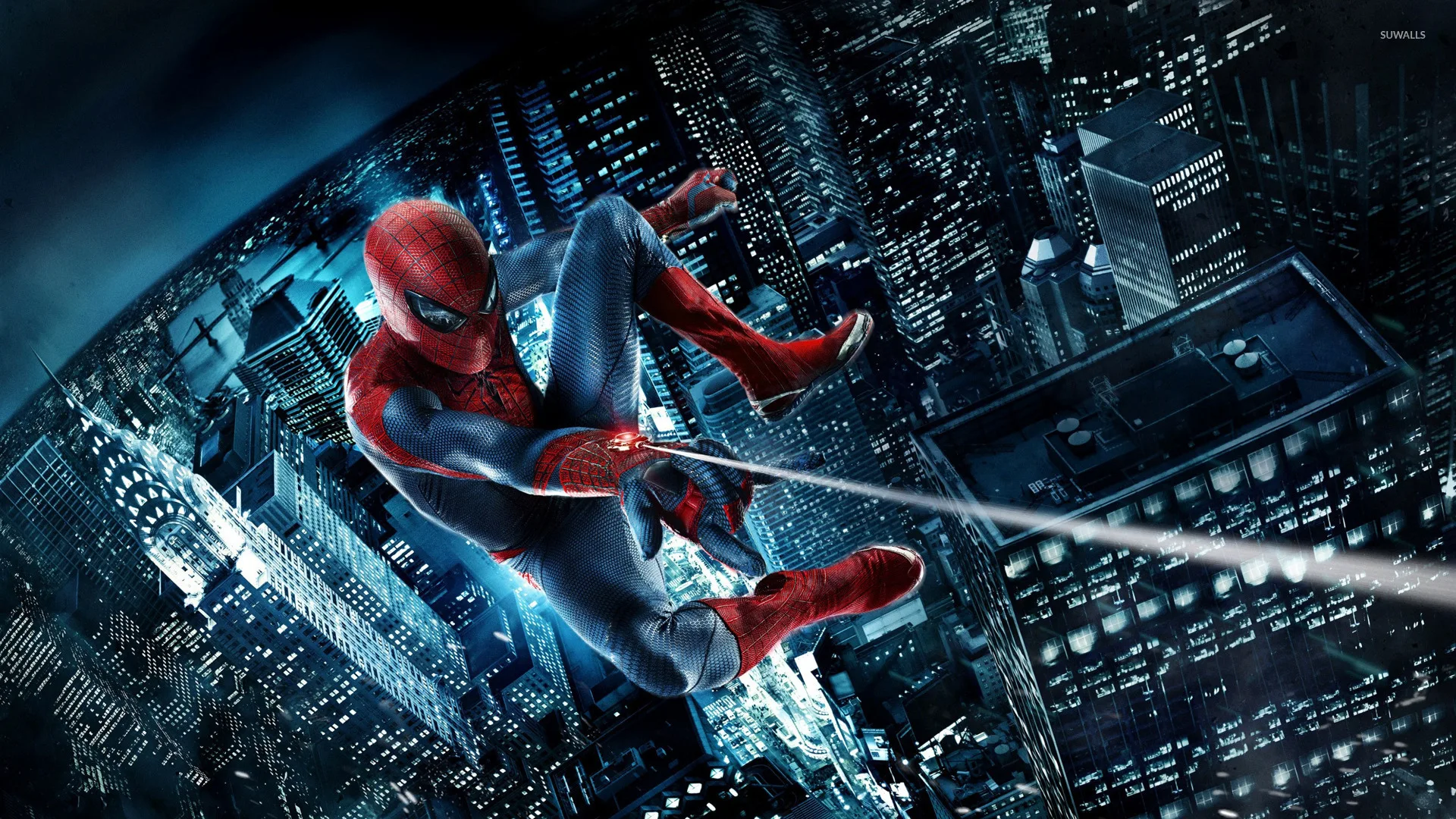One of the most iconic and intriguing aspects of Spider-Man is his ability to shoot webs. The web-shooting power has become deeply intertwined with the character’s identity and crime-fighting abilities over decades of comics and movies.
But where exactly do Spider-Man’s webs come from and why does he need web-shooters at all? This article delves into the origins, capabilities, and narrative significance of Spider-Man’s unique web-shooting talents.
Understanding Spider-Man’s Web-Shooting Abilities
Unlike some superheroes whose powers stem from accidental exposure to radiation or genetic mutations, Spider-Man’s web-shooting ability is entirely artificial in nature. In the original comics, Peter Parker creates a complex chemical substance in liquid form that mimics the properties of real spider silk. Using his scientific talents, he develops wrist-worn devices called “web-shooters” that can spray this specially formulated webbing.
The webbing itself is composed of a strong nylon-like material that solidifies rapidly when exposed to air. Spider-Man can control the nature of the webbing based on variations in the chemical composition, creating different types optimized for capturing criminals, binding wounds, or crafting useful objects. This highlights Peter Parker’s scientific genius and inventiveness as key to developing such a versatile substance and delivery mechanism.
Spider-Man’s Web-Shooters
The Role of Web-Shooters in Spider-Man’s Arsenal
Web-shooters are compact devices worn on Spider-Man’s wrists beneath the suit that contain cartridges filled with the special web fluid. When Spider-Man presses his middle and ring fingers onto his palm, the web-shooters activate, spraying the webbing out through adjustable nozzles. The web-shooters allow Spider-Man to utilize his webbing in creative ways during fights, chases, and other heroic activities.
For example, Spider-Man often uses his webs to incapacitate criminals by tying them up or sticking them to walls. The webs can also form protective shields, bindings for injuries, swing lines for fast navigation between buildings, and even strong nets to catch falling debris or people.
However, because the supply of webbing is finite, Spider-Man has to monitor his web fluid levels and replenish his cartridges regularly. If he runs out at an inopportune moment in battle, it could prove disastrous.
Why Does Spider-Man Need Web Shooters?
In the original comics, Spider-Man was not inherently able to produce his own organic webbing like real spiders. While Peter Parker did gain superhuman strength, agility, spider-sense and wall-crawling abilities from the radioactive spider bite, the ability to spin webs did not transfer over.
From a narrative perspective, this highlights Peter’s own ingenuity and brilliance in creating the web-shooters himself. It makes Spider-Man’s abilities partially dependent on technology Peter himself invented, rather than being wholly biologically based.
The web-shooters also allow more opportunities for dramatic failure if the devices get damaged in battle. They are an important part of Spider-Man’s crime-fighting abilities but also represent a strategic weakness.
In addition, because Peter Parker formulated the webbing substance himself, he can modify and improve upon it rather than relying on mysterious organic powers beyond his understanding or control. This contributes to the relatable humanity of Spider-Man – despite his incredible abilities, he remains a bright scientist at his core.
Can Spider-Man Shoot Webs Without Web-Shooters?
Given Spider-Man’s origins involving a radioactive spider bite, a common misconception is that he can naturally shoot organic webbing from his wrists without mechanical assistance. Certain versions of Spider-Man within comics and other media have demonstrated the ability to generate their own organic webbing, allowing him to spin webs without reliance on web-shooters.
For example, in Spider-Man (2002) starring Tobey Maguire, Peter Parker discovers he has organic web-spinning abilities after the genetically engineered spider bite. He simply needs to flick his wrists in a spider-like motion to spin strong, elastic webbing.
However, this is not consistent with Spider-Man’s abilities in the original comics. Most mainstream versions require web-shooters to activate his engineered web fluid, granting Spider-Man more vulnerability and humanity. But the idea of organic webbing highlights the intriguing possibilities of genetically derived powers.
Where Do Spider-Man’s Webs Come From?
As mentioned previously, Spider-Man’s webs are the product of an ingeniously formulated chemical substance rather than natural spider physiology. In the comics, Peter Parker designs a liquid with silk-like properties that mimics the strength, elasticity, and adhesion of real spider webs. Once exposed to air, the liquid rapidly solidifies into a strong, flexible fiber.
Spider-Man can vary the composition to produce different types of webbing optimized for specific situations. Some varieties include magnetic webbing to disarm criminals, taser webbing to stun and incapacitate foes, acid webbing that can melt through objects, and cryo-webbing capable of freezing targets.
He even formulated a quick-dissolving “web fluid” to prevent leaving behind evidence at crime scenes. This highlights Peter Parker’s scientific expertise and Spider-Man’s ability to adapt his webs dynamically.
The Versatility of Spider-Man’s Webbing
Beyond using his webs for basic navigation and apprehending criminals, Spider-Man leverages his webbing in creative and versatile ways.
- He can shape the webbing into a shield to block attacks, spin it into a dome to contain explosions, or use it to bungee himself out of dangerous scenarios.
- Spider-Man has crafted webbed airbags to catch falling civilians, patched up wounds with web bandages, and used webs to grab distant objects.
- During combat, Spider-Man employs his webs cleverly to disarm assailants, jam firearms, blind enemies momentarily, and tie up multiple foes at once.
- The elasticity and tensile strength of his webbing allows him to endure heavy impacts by acting like a shock absorber or stretchy safety net.
Both offensively and defensively, the versatility of Spider-Man’s webs provides a special advantage other heroes lack. His scientific expertise and adaptability combine to maximize the webbing’s potential in any situation Spider-Man encounters as a crime-fighter and superhero.
Conclusion
Spider-Man’s unique web-shooting abilities have captured fans’ imaginations for generations. His ingeniously engineered web fluid and customized web-shooter devices depend on Peter Parker’s scientific intellect, distinguishing Spider-Man from heroes solely reliant on powers derived from mutations or accidents.
The compelling blend of cutting-edge technology and biology behind Spider-Man’s webs highlights his humanity and versatility as a character. While organic web-spinning offers intriguing story possibilities as well, Spider-Man’s traditional mechanical web-shooters have become an iconic element of the character and his crime-fighting style.








Leave a Reply